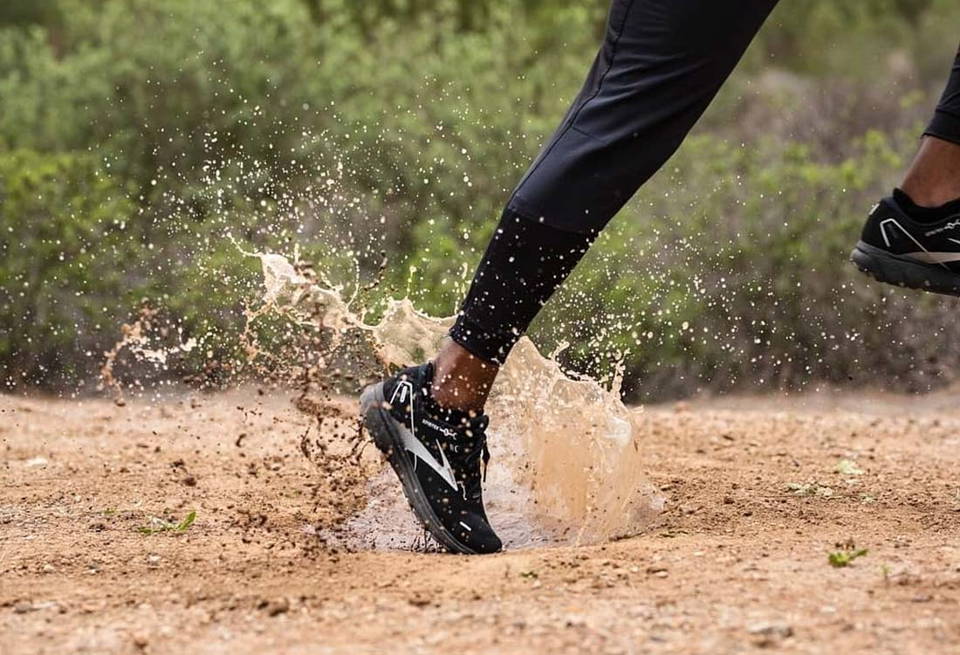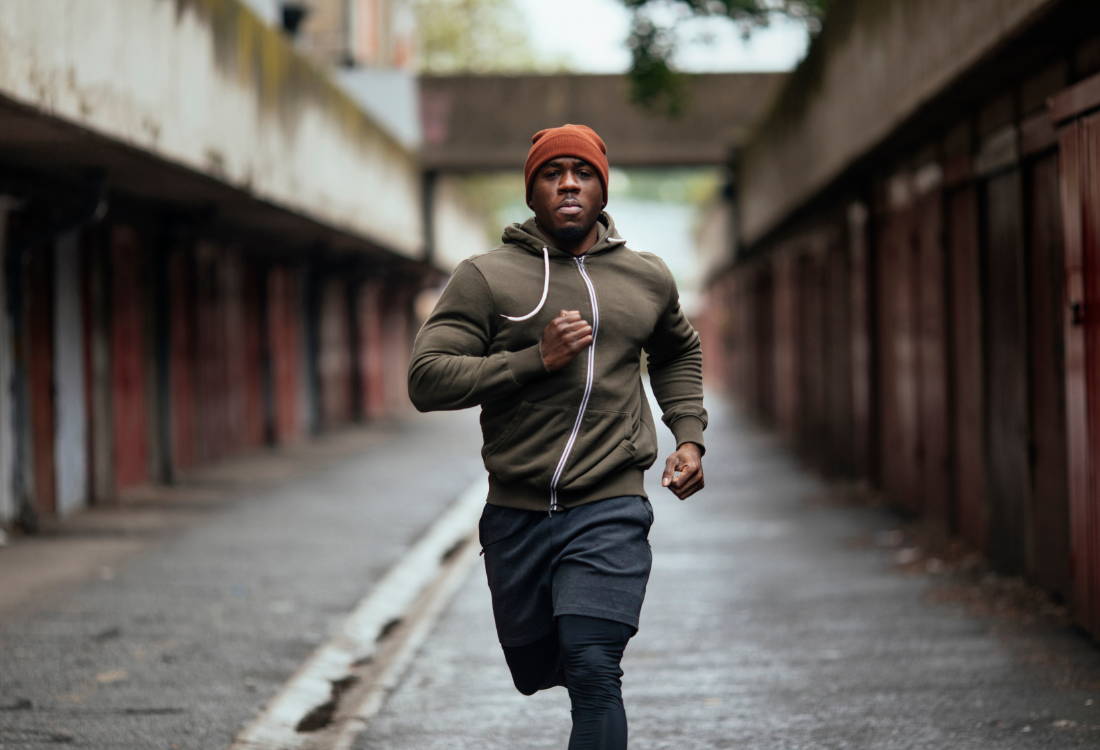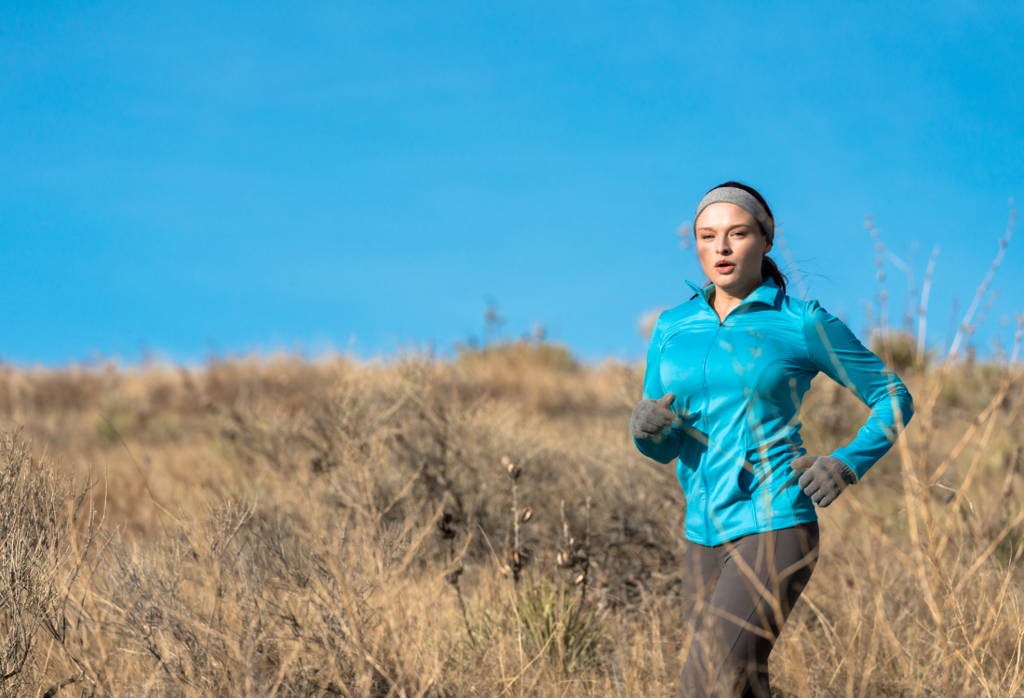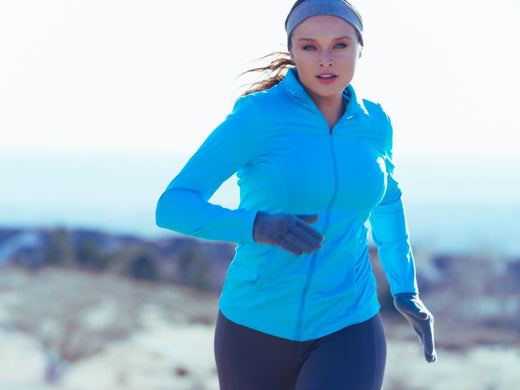Running in cold weather
Cold Weather Running
With winter fast approaching, memories of last year’s cold, wet and windy runs start flashing back far too often. So, to help you battle the winter blues and keep your running goals on track we have put together a list of tips and tricks to keep you moving no matter how low the temperature goes!
Choose the right footwear
One thing that consistently changes during winter, along with the temperature, is the conditions of your running surface. Whether you run on the pavement, around ovals and parks, or trails from The Tan to the Dandenong Ranges; winter will likely affect how you interact with these surfaces.
With the increased rainfall in cooler months, you should expect some deterioration to your running surface. If you are used to running on gravel tracks (such as The Tan) it is not unusual to see streams of water cutting into the once flat compact track. If it is more off-road trails you’re used to, expect those to turn to mud when the bad weather hits. This is where trail or hybrid (road/trail) running shoes come into their own, with the key difference being the additional traction on the sole of the runner compared to an everyday running shoe.

Shoes such as the Asics GT-2000 Trail or Salomon Sense Ride make great Hybrid options as they feel much like a running shoe with only a moderate increase in outsole traction. Perfect for wet gravel tracks. Muddy trails however, require something with maximum traction such as the Brooks Cascadia, Hoka One One Challenger ATR or Salomon Speedcross.
Ovals and parks will likely hold the additional water within their grassy surface which can quickly leave your feet soaking wet in regular shoes. The Brooks Ghost GTX offers a waterproof upper and a small amount of added traction compared to its road counterpart to keep you dry and prevent slipping on those wet patches.

Choose the right clothing
One thing that consistently changes during winter, along with the temperature, is the conditions of your running surface. Whether you run on the pavement, around ovals and parks, or trails from The Tan to the Dandenong Ranges; winter will likely affect how you interact with these surfaces.
With the increased rainfall in cooler months, you should expect some deterioration to your running surface. If you are used to running on gravel tracks (such as The Tan) it is not unusual to see streams of water cutting into the once flat compact track. If it is more off-road trails you’re used to, expect those to turn to mud when the bad weather hits. This is where trail or hybrid (road/trail) running shoes come into their own, with the key difference being the additional traction on the sole of the runner compared to an everyday running shoe.

Shoes such as the Asics GT-2000 Trail or Salomon Sense Ride make great Hybrid options as they feel much like a running shoe with only a moderate increase in outsole traction. Perfect for wet gravel tracks. Muddy trails however, require something with maximum traction such as the Brooks Cascadia, Hoka One One Challenger ATR or Salomon Speedcross.
Ovals and parks will likely hold the additional water within their grassy surface which can quickly leave your feet soaking wet in regular shoes. The Brooks Ghost GTX offers a waterproof upper and a small amount of added traction compared to its road counterpart to keep you dry and prevent slipping on those wet patches.

- Warming up before your run inside where possible. This way once you hit that icy air your body won’t have to work as hard to reach/maintain an ideal temperature.
- Dress in layers that are easy to take off and hold onto once you have warmed up towards the back half of your run.
- Keep your feet dry with moisture wicking socks or waterproof shoe uppers.
- Once you return from your run, get out of your wet or sweaty clothes as quickly as possible to allow the body to return to its natural temperature as smoothly as possible.




Supplements and Running
Working out from Home